Introduction
We're restoring the diversity of native plants and animals on conservation land.
Arawai Kākāriki wetland restoration programme
Arawai Kākāriki is leading the ecological restoration of five significant wetland sites in New Zealand.

Chalky Island conservation
This small Fiordland island has a big conservation story and even boasts its own species of skink.

Dolomite Point Redevelopment Project
This redevelopment project seeks to uphold the natural and cultural significance and character of the spectacular Punakaiki area.
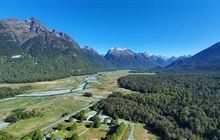
Eglinton Valley conservation
This scenic highlight on the drive to Milford Sound is home to some important conservation projects.

Eglinton Valley lesser short-tailed bat monitoring programme
The population of South Island lesser short-tailed bats in the Eglinton Valley is a viable population of this species on mainland South Island.
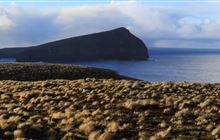
Eradicating mice from Antipodes Island
DOC travelled to the Antipodes Island in winter 2016 and eradicated mice with support from our partners the Morgan Foundation, WWF-New Zealand, Island Conservation and the New Zealand public.
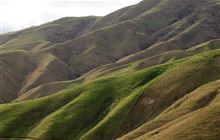
Goat control on Arapawa Island Scenic Reserve
Goat control work is being carried out on Arapawa Island Scenic Reserve to protect distinctive native vegetation.
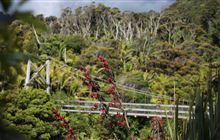
Heaphy Track recovery work
In February 2022 severe storms damaged bridges and sections of track on the Heaphy Track Great Walk.
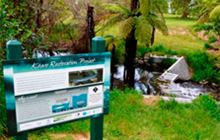
Kaikaitahuna Kōaro restoration project
This collaborative project was set up to restore and boost numbers of kōaro in the Waitarere Stream at Kaikaitahuna.

Kia Wharite restoration project
This project aims to protect some of our most precious taonga in a stunning and little-known area of the Whanganui National Park.
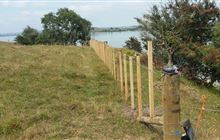
Lake Whangape Restoration Project
Waikato agencies are working together to improve water quality at Lake Whangape and the natural habitats adjoining it.
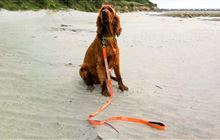
Lead the Way programme
Lead the Way empowers dog owners to know how to act to protect both coastal wildlife and their dog.
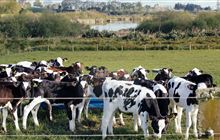
Living Water partnership
Our 10-year partnership with Fonterra supported work to enable farming and freshwater to thrive together.
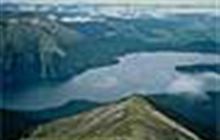
Mainland islands
Mainland islands aim to protect and restore habitats on the mainland of New Zealand through intensive management of introduced pests. Learn what makes each of our mainland islands special.
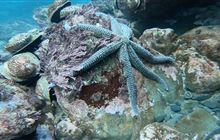
New marine reserves for the southeast of the South Island
In October 2023 the Minister of Conservation announced six new marine reserves will be established along the southeast coast of the South Island from Timaru to Waipapa Point in Southland.
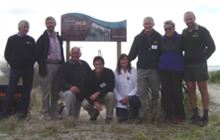
Matakana Island dotterel project
Isolation, dedication and community support are helping one of New Zealand's icon shore birds on Bay of Plenty's Matakana Island.

Matukituki Valley Protection Project
This pest management project protects a wide range of native flora and fauna in the iconic Matukituki Valley. It will benefit native species, ecosystems and recreational users.
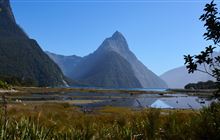
Milford Opportunities Project: Overview and documents
The Milford Opportunities Project is exploring ways to do tourism differently at Piopiotahi and along the Milford Road corridor for the benefit of people and place.
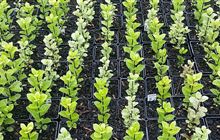
Motukārara Conservation Nursery
Motukārara Conservation Nursery grows exclusively Canterbury native plants. We would love to grow your plants. Get in touch with us with your orders for 2025 and 2026.

Ngā Awa river restoration programme
Taking a whole catchment approach, Ngā Awa is working in partnership with others to restore the biodiversity of 12 rivers from mountains to sea.
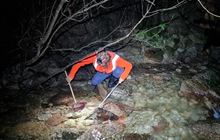
Ngā Ika e Heke migratory fish workstream
A workstream to secure populations of shortjaw kōkopu, īnanga, longfin eel/tuna and lamprey across Aotearoa New Zealand.
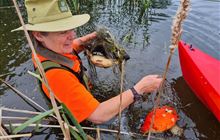
Ngā Riha Wai Māori freshwater pests workstream
A workstream to reduce the damage that freshwater pests cause to Aotearoa New Zealand’s freshwater ecosystems.
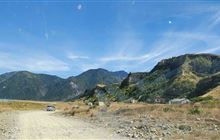
Ocean Beach baches – phasing in public use
All Ocean Beach baches on public conservation land are to be opened up for public use or removed/repurposed by 2029.
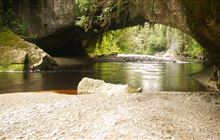
Ōparara investment to protect environment and visitors
The Provincial Growth Fund investment at the Ōparara Basin in Kahurangi National Park will ensure the natural heritage arches and cave ecosystems of the area are protected for future generations.

Ōrongorongo private hut phase-in to public use
We’re working with the Ōrongorongo Club Inc to phase in public access to private huts in the Ōrongorongo Valley when the current licences expire.
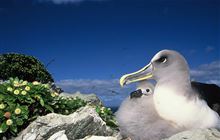
Predator Free Chatham Islands
A community-driven conservation project, Predator Free Chathams is restoring the islands’ precious biodiversity for now and for the future.

Predator Free Rakiura
We are working to eradicate introduced predators on Rakiura/Stewart Island so native species and people can thrive together.
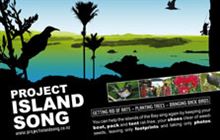
Project Island Song - Wildlife sanctuary, Bay of Islands
The islands of Ipipiri/eastern Bay of Islands are coming alive. Project Island Song is leading the restoration of this archipelago, returning native plant and animal species for all to enjoy.

Project River Recovery
Project River Recovery (PRR) maintains and restores braided river and wetland habitat in the South Island’s upper Waitaki Basin for the benefit of its native plants and animals, some of which are only found in, or only breed in, this region.
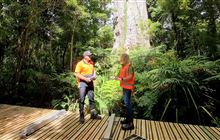
Rākau Rangatira project
Rākau Rangatira is a partnership project between DOC and Te Iwi O Te Roroa to upgrade both the visitor infrastructure and the visitor experience in Northland’s Waipoua Forest home of the sacred kauri tree Tāne Mahuta.

Restoring Auckland Island - the Maukahuka project
We plan to remove three introduced pests from Auckland Island so its native wildlife can thrive. Donate and help to protect unique species found nowhere else in the world.

Revitalising the Gulf: Government action to restore the Hauraki Gulf/Tīkapa Moana
Revitalising the Gulf addresses the management of one of the country’s most valued and intensively used coastal spaces. It sets out a package of marine conservation and fisheries management actions to restore a healthy Hauraki Gulf/Tīkapa Moana.
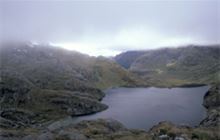
Routeburn and Upper Hollyford Restoration Project
Donations from trampers on the Routeburn Track have enabled the set up of over 652 trap boxes in the area to help protect native species.

Sustainable visitor management for Tongariro
DOC is implementing a range of changes to the Tongariro Alpine Crossing to better manage the pressures and strengthen cultural and heritage values in the area.

Tamatea/Dusky Sound restoration project
Located on the wild and remote Fiordland coast, Tamatea/Dusky Sound is the focus of a cutting edge project to see it restored to one of the most intact ecosystems on Earth.

Taranaki Crossing project
The Taranaki Crossing is a project within Te Papa-Kura-o-Taranaki, connecting and upgrading a network of walking tracks on the maunga.
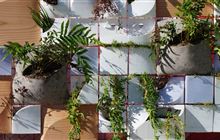
UrbanNature Dunedin
You don't need to leave town to be part of nature – nature is all around us! So get out and discover the UrbanNature in Dunedin.

Whakaipo Bay project
Te Kapa o Te Rangiita ki Oruanui and DOC are partnering to protect and improve Whakaipo Bay for the community now and into the future.

Wilding trees in Mackenzie/Waitaki
How DOC is managing the wilding tree problem in the Mackenzie basin and upper Waitaki valley.